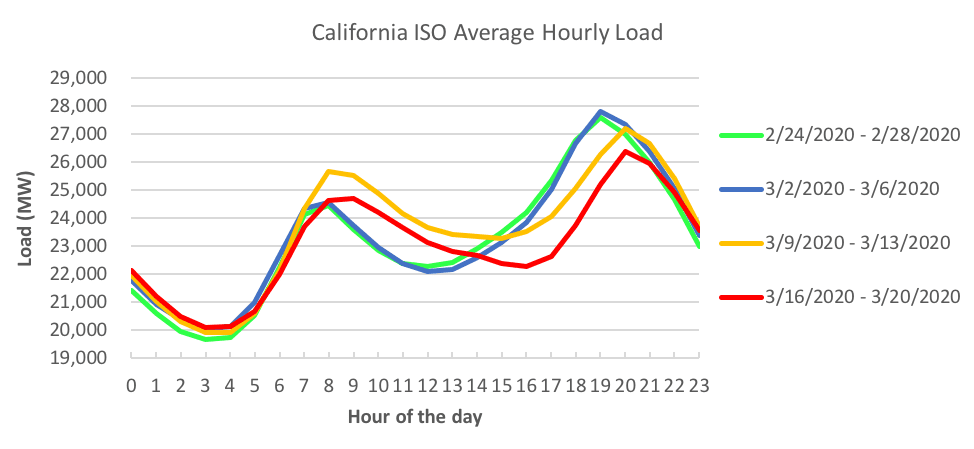Vehicle to Grid & Vehicle to Building technology has become a new emerging technology that has come with the rise of Electric Vehicles. The concept is simple – if I am driving around a 100 kWh battery pack in my EV why can’t I use that stored power to run my home or help the utility manage demand spikes on the grid.
Now from a first principle perspective – the technical advantages of such a solution are huge. As of 2019 about 600k EVs are on the road in CA. Which for simple math purposes we take an average of 50 kWh battery packs per car – we are looking at roughly 30,000,000 kWh of storage capacity roaming the streets. If the utilities have access to that capacity spread across the street during the times residential energy loads spike [evenings] it would mean easing the need for peaker plants to be needed.
The challenge we see – beyond the infrastructure, controls, variability and other implementation challenges – is the incentive structure that would need to be put into place for EV owners to want to participate in a program that does Vehicle to Grid integration. The natural thought is paying for used capacity as a rebate to the vehicle owner or giving free charging credits. However, we also need to understand the added “depreciation” such a program could cause to the EV owner – added cycles on the battery, means more optimization is required within the BMS for the car in order to keep it going for 10 years +. How the utility/state could compensate for the possible downtime an EV owner might face and what it might do to the “value” of the vehicle is something that has to be calculated.
We will put it on our list to dig more into. Interesting space and we are sure there are ways to make the incentive structure work for all involved. The utility shouldn’t spend more to develop that storage & the vehicle owner shouldn’t be losing money at the same time.

